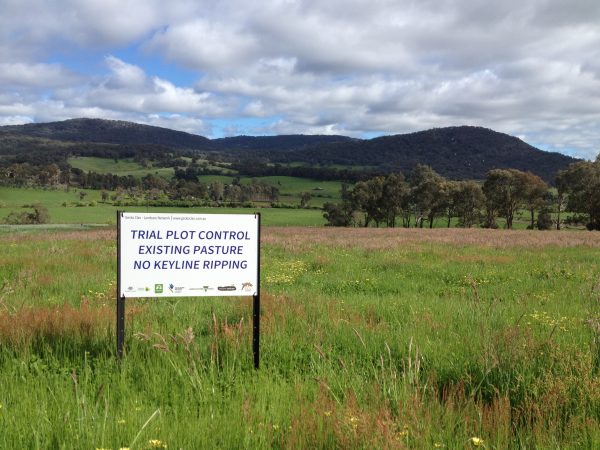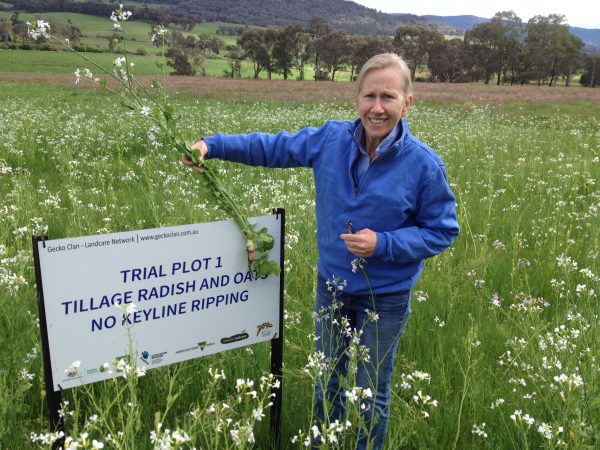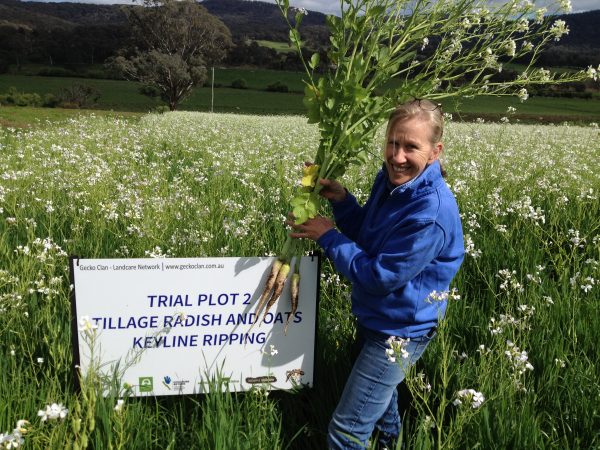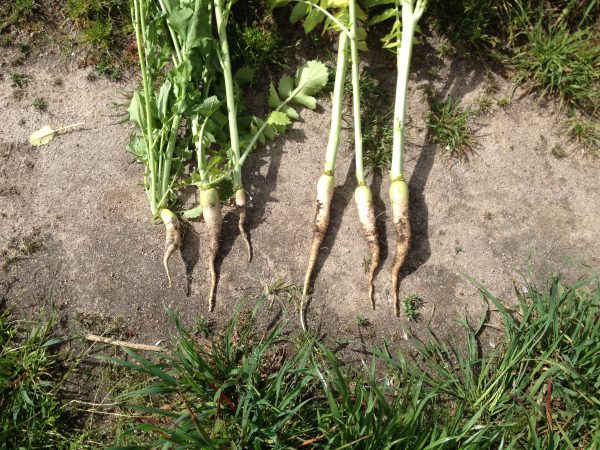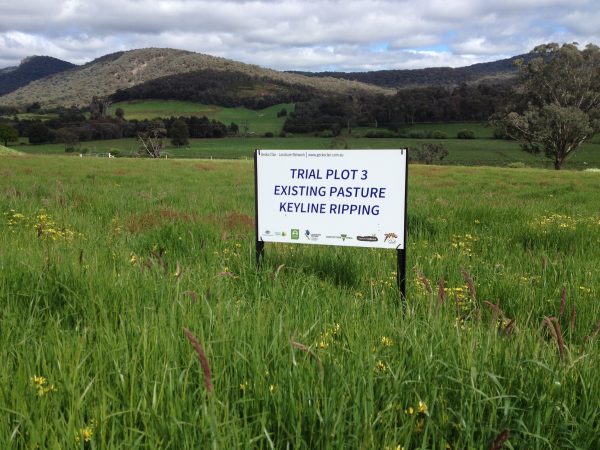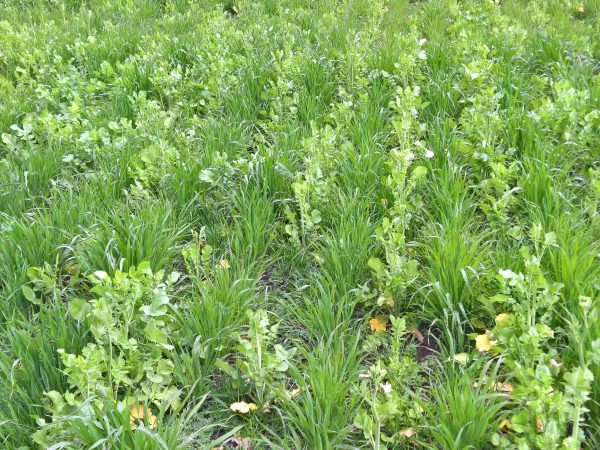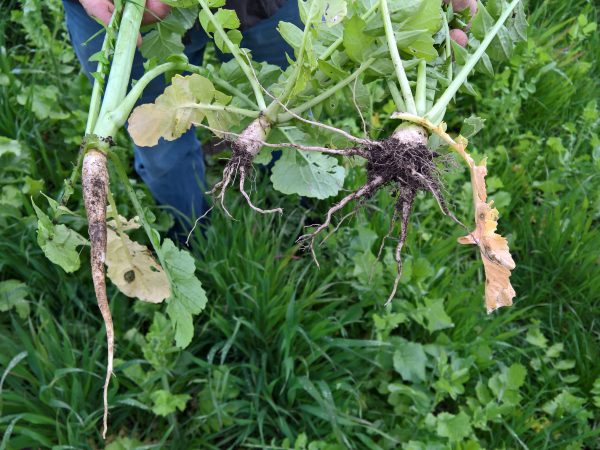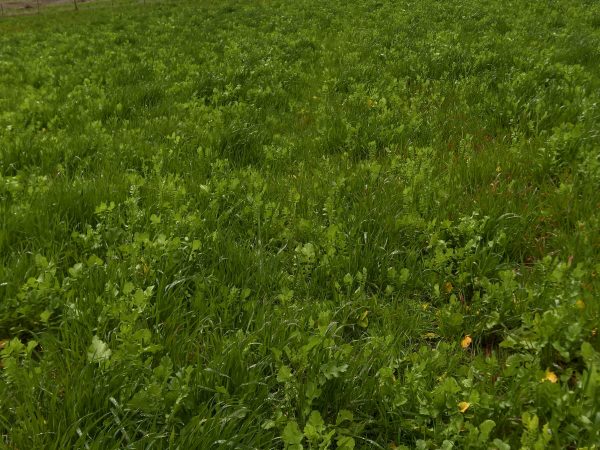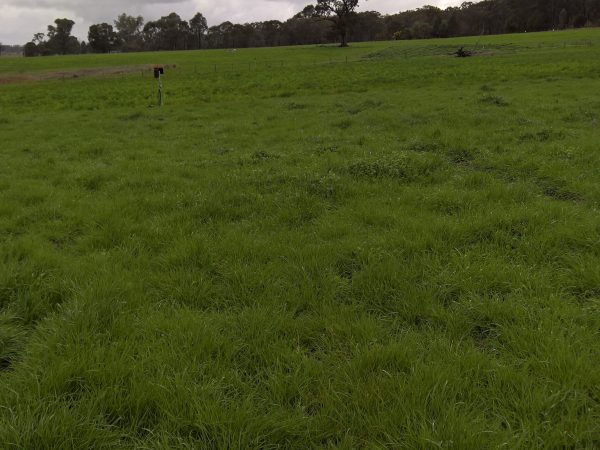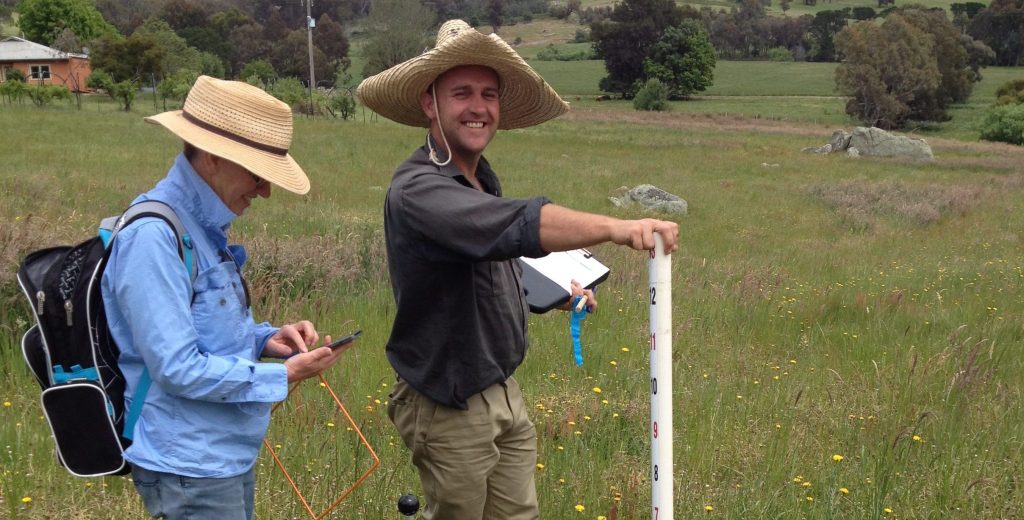Soils, Moisture, Plants and Technology Project – Strategic farming practices for soil, catchments, water and climate resilience
September 2018 update:
The Gecko CLaN hosted a field day at the Lima East trial site on 14 September 2018. Following a site visit the group returned to the Swanpool Memorial Hall where Brad Costin from Agriculture Victoria and Damien Gerrans the trial site land manager presented the results of the trial. A copy of the presentation can be found here:Gecko Field Day Presentation Sept 2018
July 2018 update:
The following photographs were taken at the Lima East trial site, just prior to the site being grazed. Strong re-establishment of Oats can be observed in Trial Plot 2 compared to Trial Plot 1.
A further field day at the site is planned for 14 September 2018.
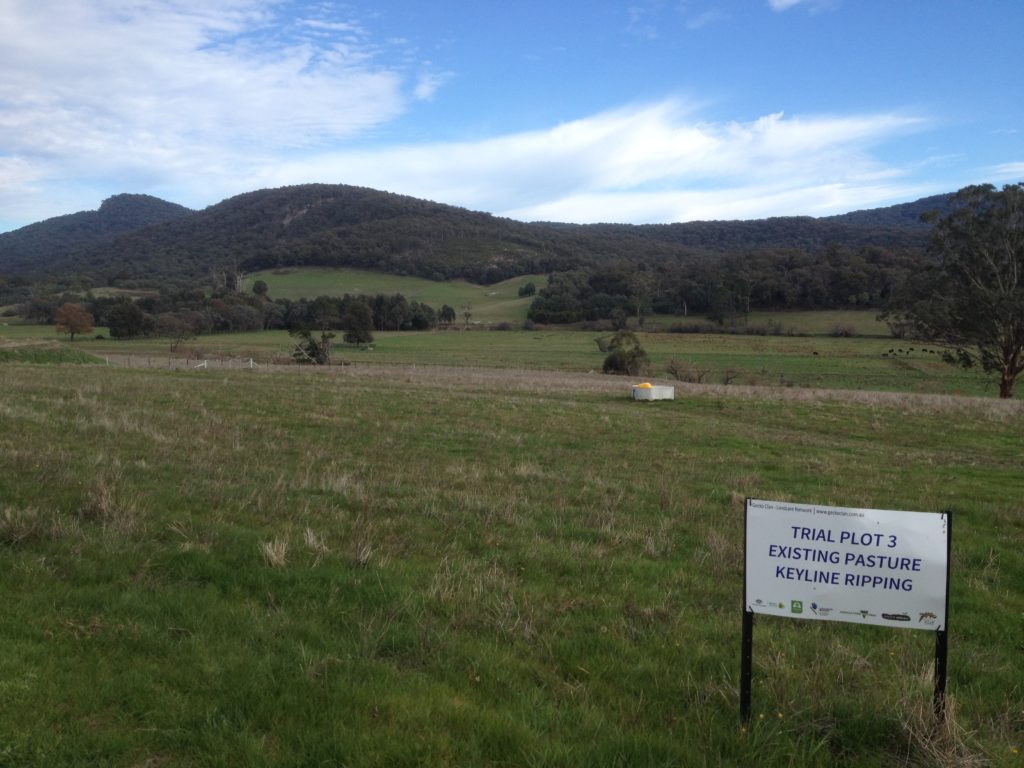
Trial Plot 3 – Photo taken July 2018, just prior to grazing
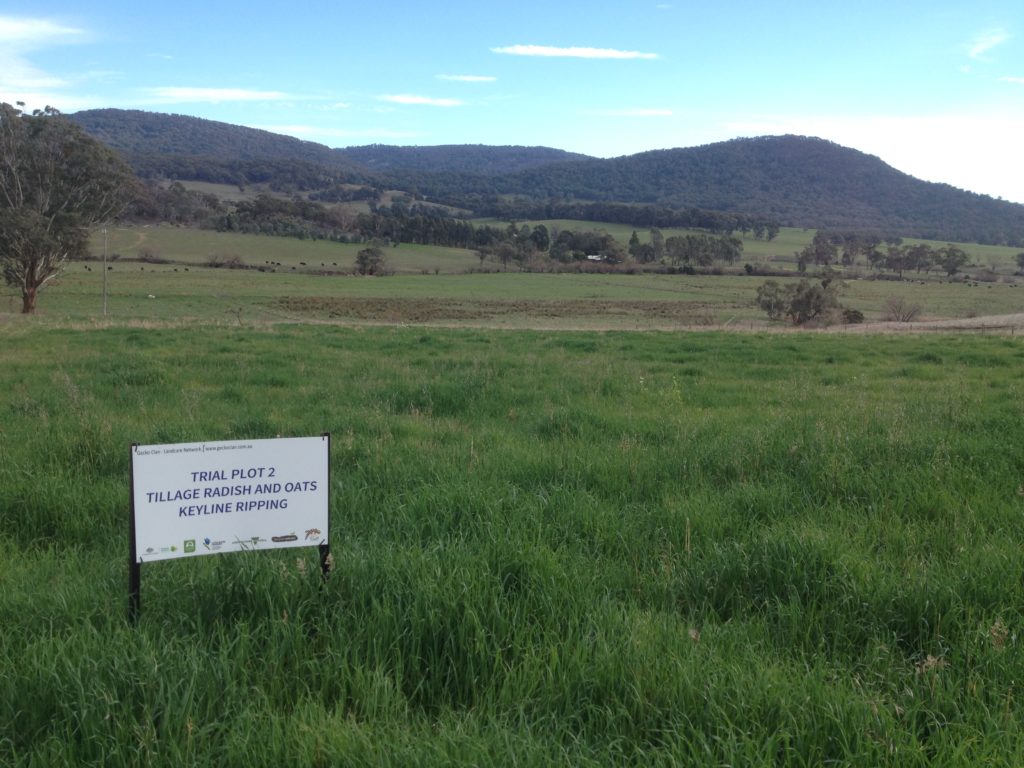
Trial Plot 2 – Photo taken 4 July 2018, just prior to grazing
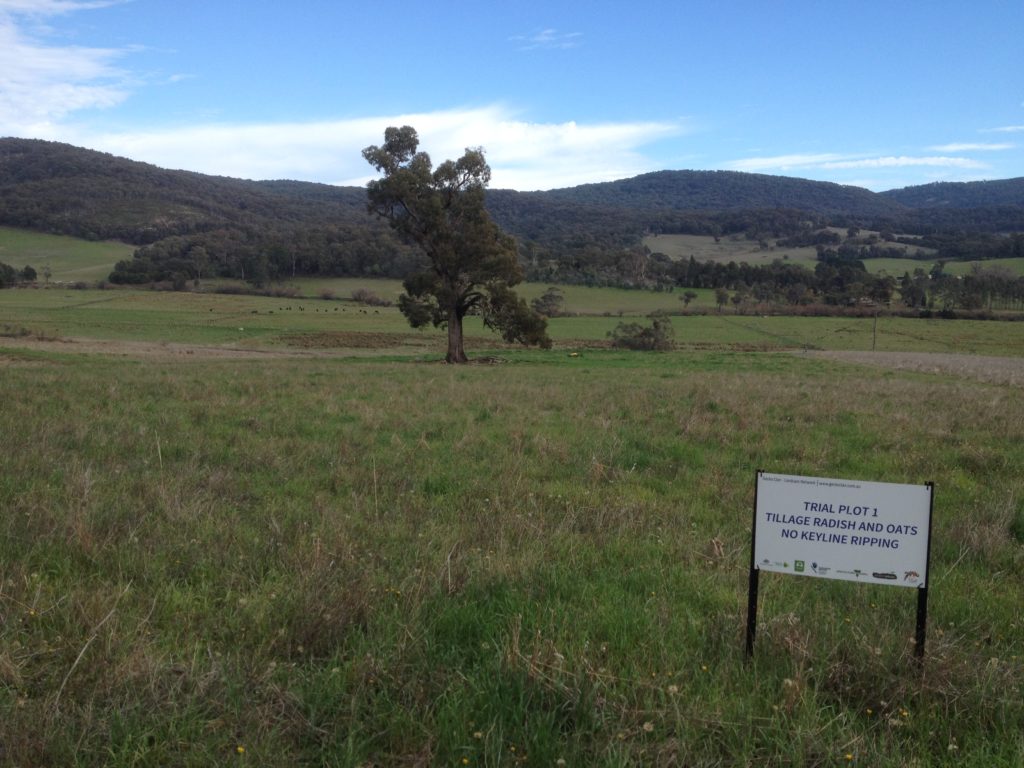
Trial Plot 1 – Photo taken 4 July 2018, just prior to grazing
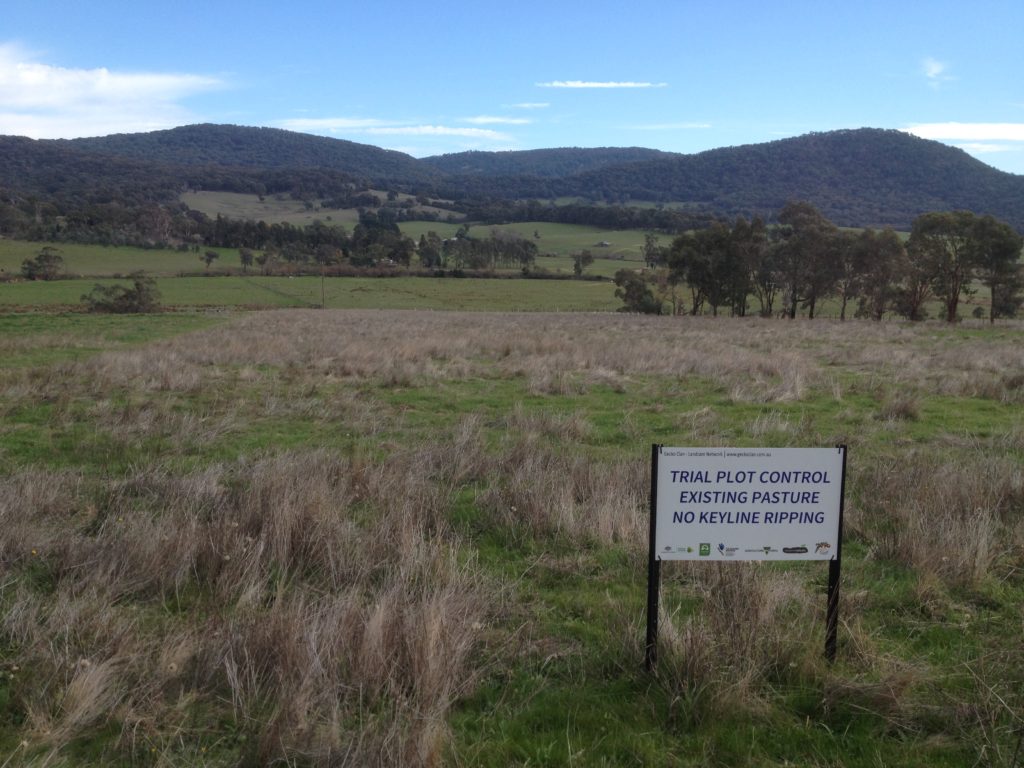
Trial plot Control – Photo taken 4 July 2018, just prior to grazing
Soil moisture and temperature data continues to be collected for the site.
To see the soil moisture and temperature data over this time use the Observant login details below:
Go to: https://www.obsrv.it/
Enter the following user name: [email protected]
Enter the following password: password
May 2018: Soil Test reports 1 year on.
Each of the trial plots were again tested using standard agricultural chemical soil analysis. The Soil Test reports can be viewed here:May 2018 soil test
For those interested, the initial soil test report taken prior to the treatments can be found here:Soil Test Results May 2016
May 2018: Beyond Soilcare presentation
Gecko CLaN Executive Officer Kerri Robson and Project site host Damien Gerrans presented at the Goulburn Broken CMA Beyond Soilcare presentation day. Along with other great projects from across the catchment a summation of the lessons from the Lima East trial site were presented. A copy of the presentation can be found here: Gecko CLaN Lima East Soilcare presentation.
For further information about this project contact Kerri Robson on email: [email protected]
March 2018 Project Update:
From the footage above it is clear that the trial plots have dried out significantly over summer. Following the last update the site was crash grazed and the steers enjoyed the oats. The radish had already ran to seed and were barely present for grazing.
In January 2018 the farm manager initially began mulching the remaining dry matter on site to enhance the likelihood of seed set. Some evidence of this can be seen in the footage above. In the end this wasn’t completed as it was determined that most of the dry matter was fallen, and further mulching may damage radish seedlings that were beginning to appear.
We are looking forward to an autumn break and the opportunity for radish and oat seed still remaining to take again.
October 2017 Project Update:
With the warmer spring weather good growth is seen across all trial plots. The slide show below shows the growth seen at each trail plot.
A second field day has was held on Friday 27 October 2017. For further details see the attached flyer here: Field day flyer 27Oct2017
September 2017 Project Update:
The slide show below shows good growth on Trail Plot 2 and Trial Plot 3. Growth appears stronger on sites where Keyline ripping occurred.
To see the soil moisture and temperature data over this time use the Observant login details below:
Go to: https://www.obsrv.it/
Enter the following user name: [email protected]
Enter the following password: password
Further information about the soil moisture, temperature and weather data can be seen below.
Soil Moisture, Plants and Technology Project Description:
Decline in soil condition in dryland extensive grazing systems contributes to the susceptibility of farms to drought and climate change effects. Soil compaction from livestock reduces soil moisture, ground cover and increases in erosive run off. Whilst strategic cultivation approaches (Yeomans plough, pasture aerator, contour ploughing etc) have all been used by farmers, learnings of their benefits and dis-benefits has been rarely evaluated and shared. This project will demonstrate strategic pasture sowing unconventional species that provide quick ground cover in drought affected zones as well as report on the benefit of structural soil treatments via a Yeomans Plow. Overall, it will demonstrate and evaluate various strategic agricultural approaches on farms and share learning to improve farmer decision making. The project will also explore the value of water planning and management in conjunction with these treatments. The project will utilise new technologies for farms such soil moisture probes and soil temperature probes, remote weather stations and aerial drone imagery.
Project updates will be provided on this website with access to the raw data provided made available to anyone who wants to learn more about these practices.
On ground: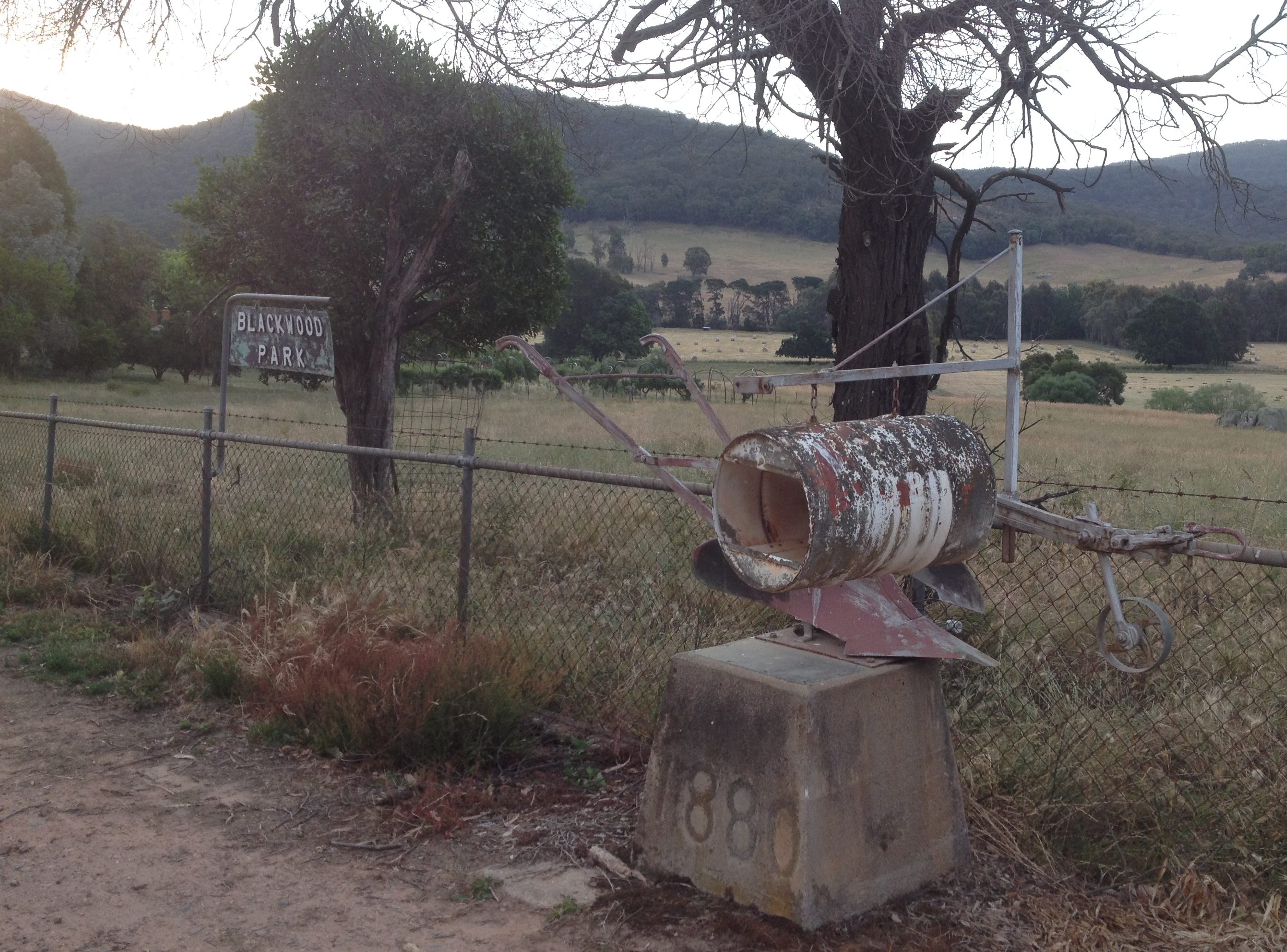
The project is being implemented on Blackwood Park in the Lima East valley. Blackwood Park is grazing property with granitic sandy hillside soils running into fertile creek flats. Management of the property has recently changed and the new managers are interested in how the hill side paddocks can be improved. “The paddocks are too wet to get onto in winter and then dry out very quickly in summer”. “There is also a shallow root zone in the soils. It would be great to increase the rooting depth and up the soil carbon”. The trial at Blackwood Park will look at how different treatments to soil affect soil moisture availability and plant growth. Plant composition across the site will also be looked at as part of the trial. To begin the project, Landcare Facilitator Kerri Robson, Agriculture Victoria Land Management Officer Brad Costin and land manager Damien Gerrans looked at the site with respect to soil chemistry, pasture species composition, pasture dry matter. Four trial sites were selected on the property. These are:
Control site – Existing pasture - no ripping with Yeomans plough
Site 1. Root crop (radish) and oats - no ripping with Yeomans plough
Site 2. Yeomans plough treatment with root crop (radish) and oats
Site 3. Yeomans plough treatment with existing pasture
The layout of the trial sites can be seen below on the aerial image.
 Each of the four trial sites will be subject to the same grazing management.
Each of the four trial sites will be subject to the same grazing management.
Project timeline: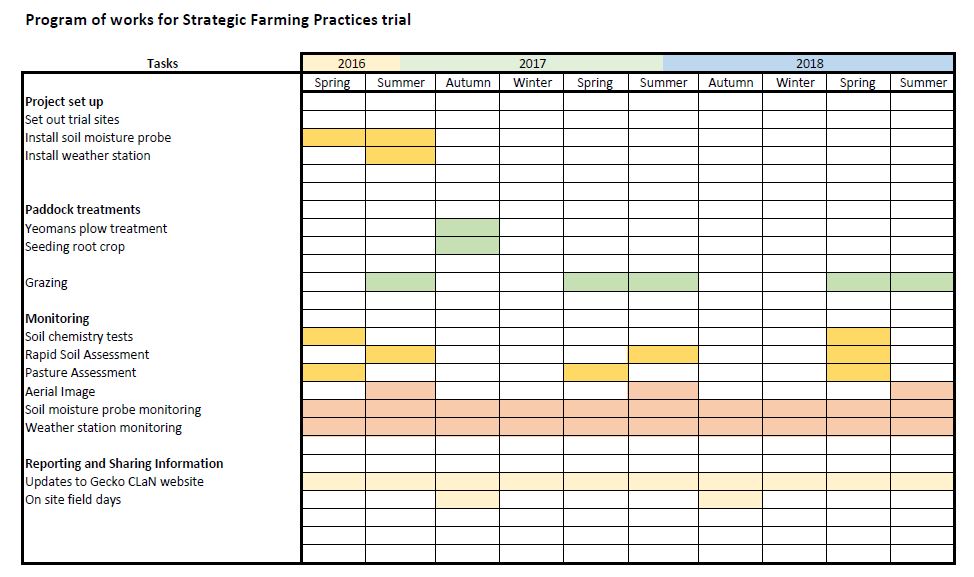
Soil tests
Soil samples were taken in May 2016 for each of the paddocks within the trial site area. Copies of the results for each of the paddocks can be found here: Soil Test Results May 2016 A rapid soil assessment was implemented using the following three publications in January 2017.
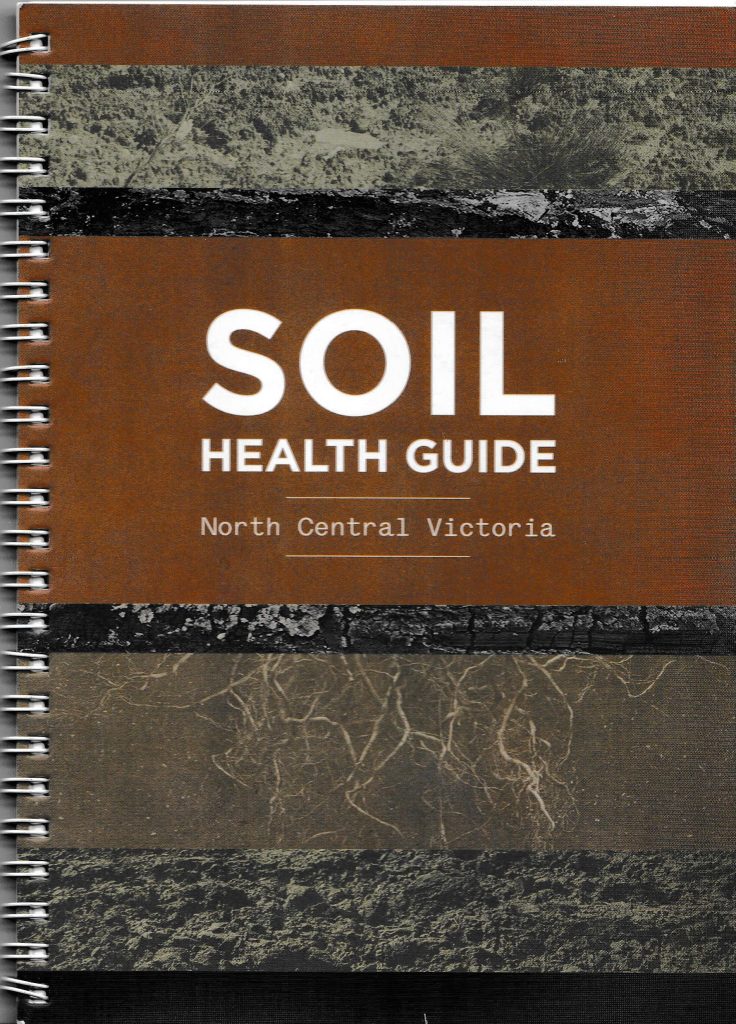
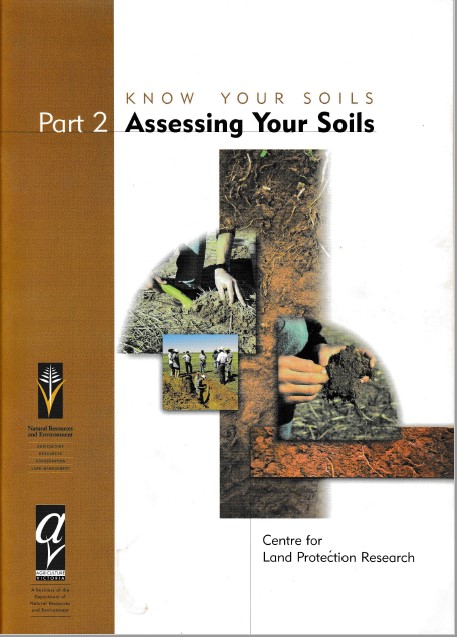
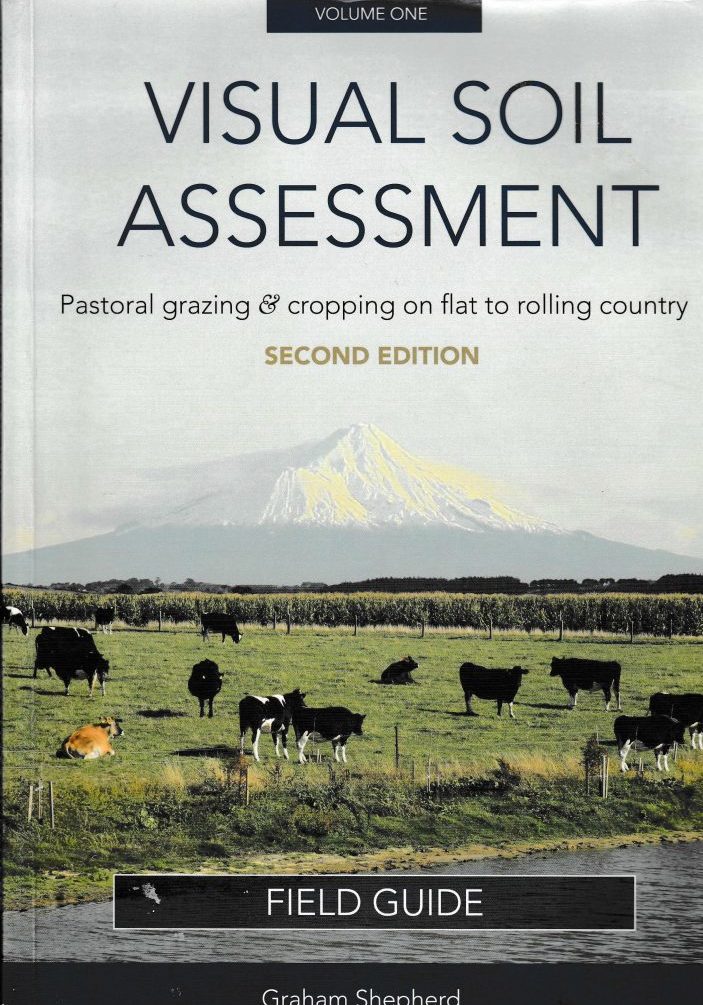
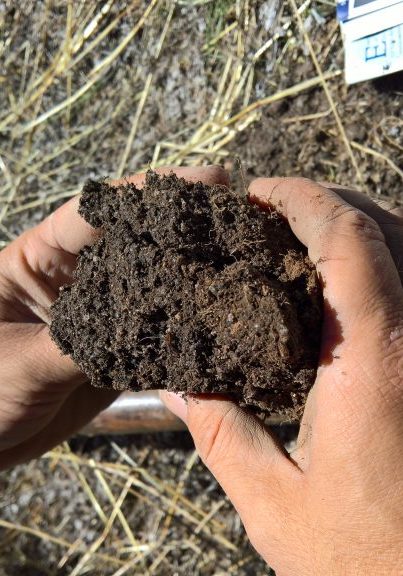
A summary of the results can be found here. Visual soil assessment summary
Pasture Assessment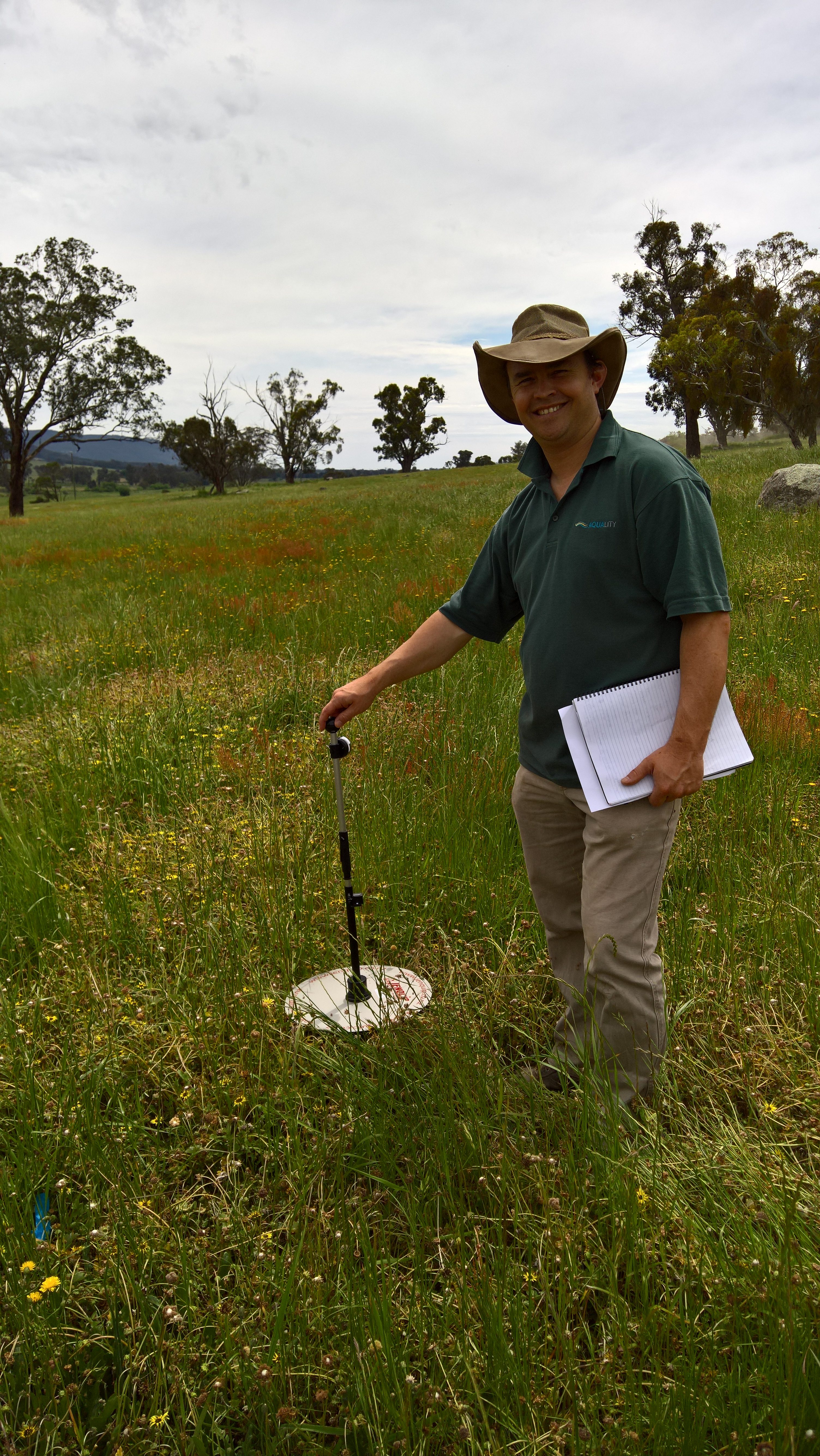 A pasture plate meter and pasture composition tests was conducted in November 2016 to look at the both the feed quality and quantity within the trial site. Results from the rising plate pasture meter can be found here: Rising Pasture Plate assessment result
A pasture plate meter and pasture composition tests was conducted in November 2016 to look at the both the feed quality and quantity within the trial site. Results from the rising plate pasture meter can be found here: Rising Pasture Plate assessment result
Weather data
Weather data for the site will be collected with an Observant Weather Station. The weather station monitors:
- Temperature
-
Dew Point
-
Solar Radiation
-
Instantaneous Wind Direction
-
Instantaneous Wind Speed
-
Humidity
-
Time Of Last Rainfall
- Rainfall Last 7 Days
-
Rainfall Last 30 Days
The weather station records the information that can be accessed remotely though the Observant monitoring website.
To view the live weather station data follow these instructions:
Go to: https://www.obsrv.it/
Enter the following user name: [email protected]
Enter the following password: password
You should now see the following page:
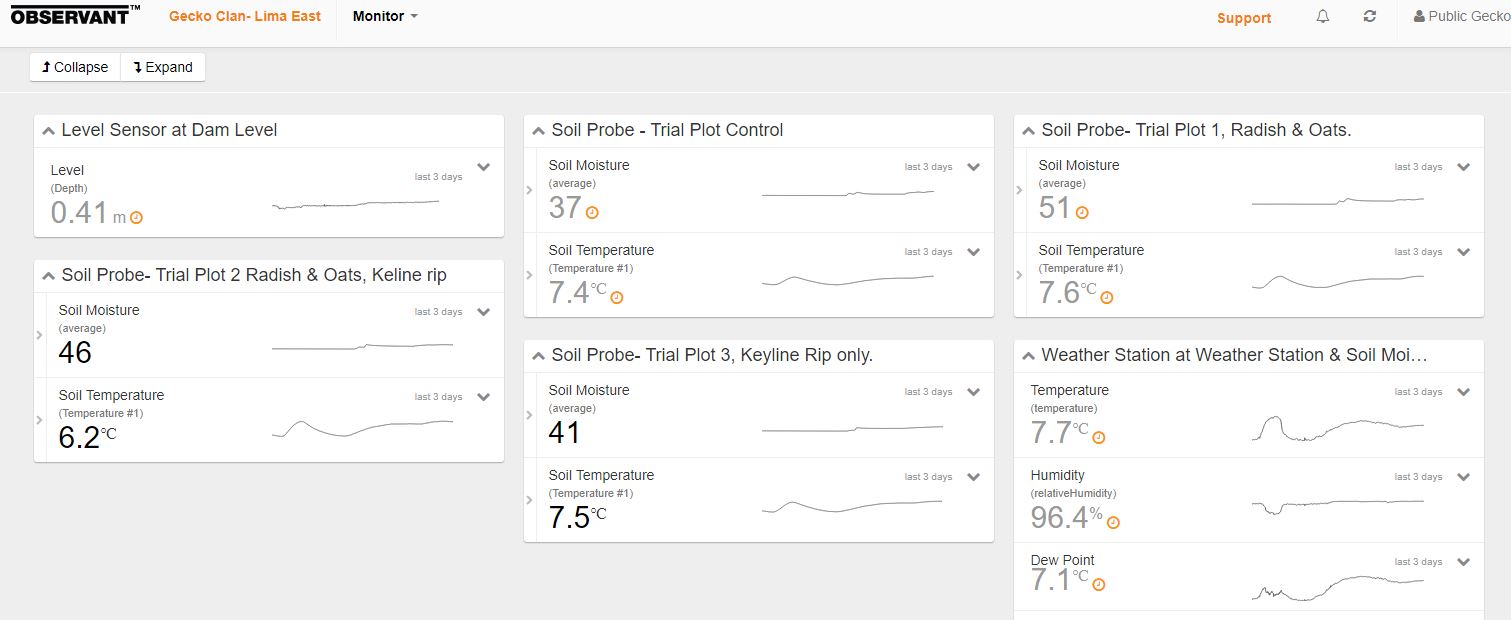 If you have any questions about access to this site please contact Kerri Robson at: [email protected]
If you have any questions about access to this site please contact Kerri Robson at: [email protected]
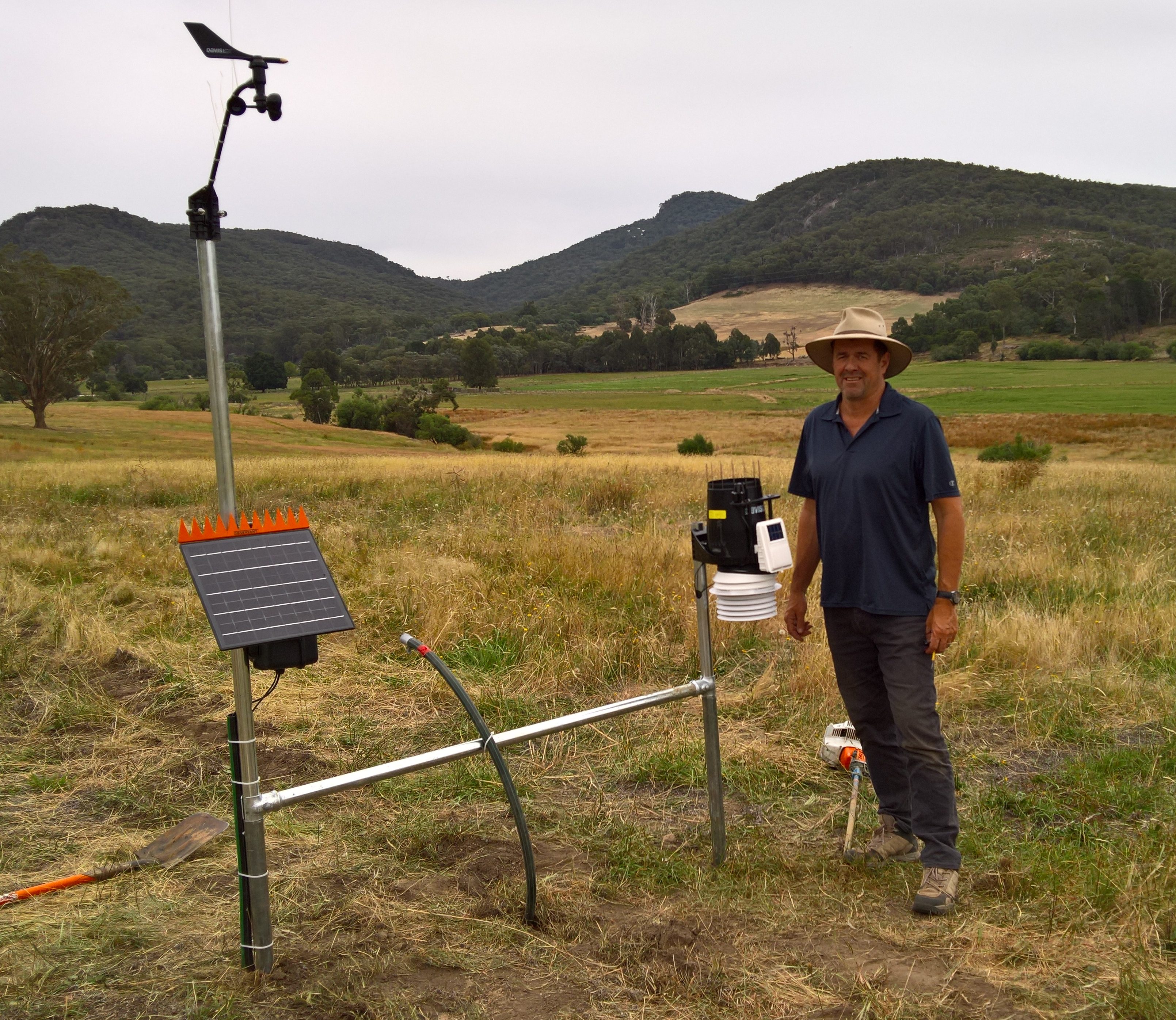 Phil Whitten from Farm Monitoring Solutions who set up the weather station with the newly installed unit.
Phil Whitten from Farm Monitoring Solutions who set up the weather station with the newly installed unit.
Soil Moisture Probes:
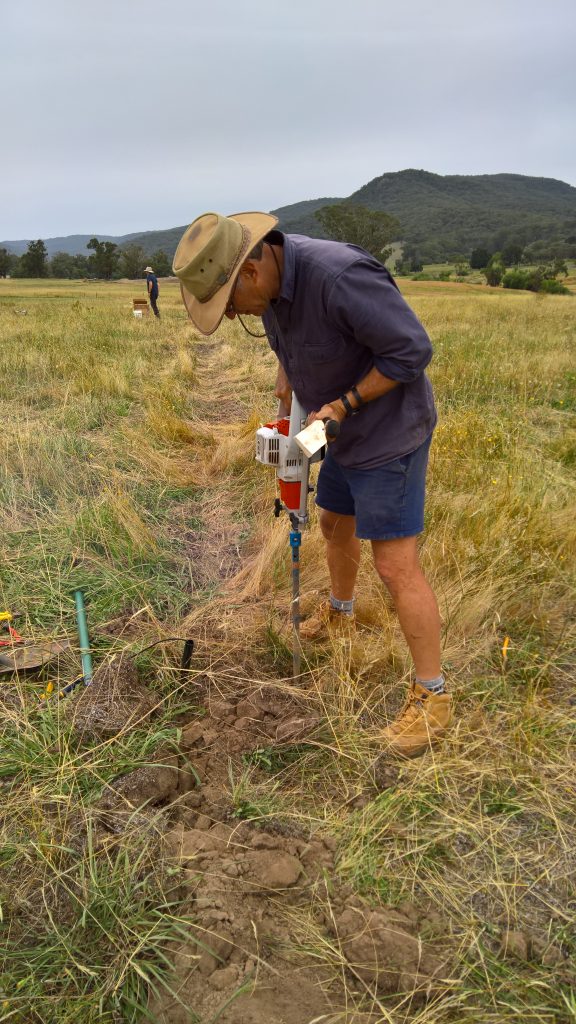 In addition to the weather data, four soil moisture probes will be installed to look at the effectiveness of the treatments. One probe was installed in the control site. This was connected to the weather station and has been collecting soil temperature and soil moisture data from 10cm increments to depth of 0.8 m from February 1017. The remaining soil probes will be installed the remainder of the Trial plots in May 2017.
In addition to the weather data, four soil moisture probes will be installed to look at the effectiveness of the treatments. One probe was installed in the control site. This was connected to the weather station and has been collecting soil temperature and soil moisture data from 10cm increments to depth of 0.8 m from February 1017. The remaining soil probes will be installed the remainder of the Trial plots in May 2017.
To view the live soil moisture probe data follow these instructions:
Go to: https://www.obsrv.it/
Enter the following user name: [email protected]
Enter the following password: password
The remaining soil probes will be installed following the Yeomans Plough treatment to ensure that cables and probes are not damaged following their installation. Photo at left: preparation for the soil probe installation. The soil moisture probe will be essential to look at whether the Yeomans plough treatment and the root crop plantings will increase the depth that soil moisture is available to following a rainfall event.
Keep an eye on the Gecko CLaN website for further updates about the project. For further information about this project contact Kerri Robson at [email protected]

